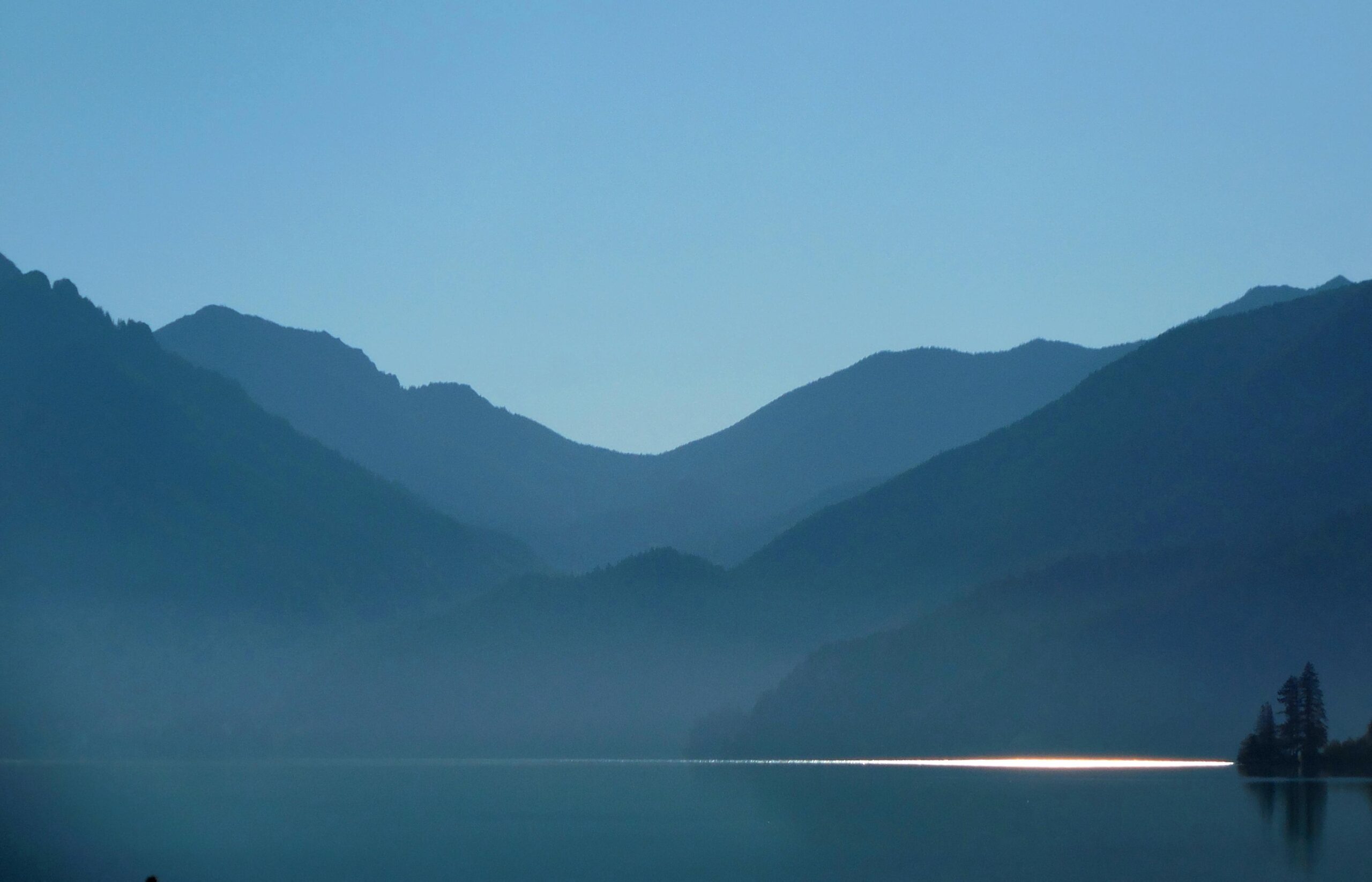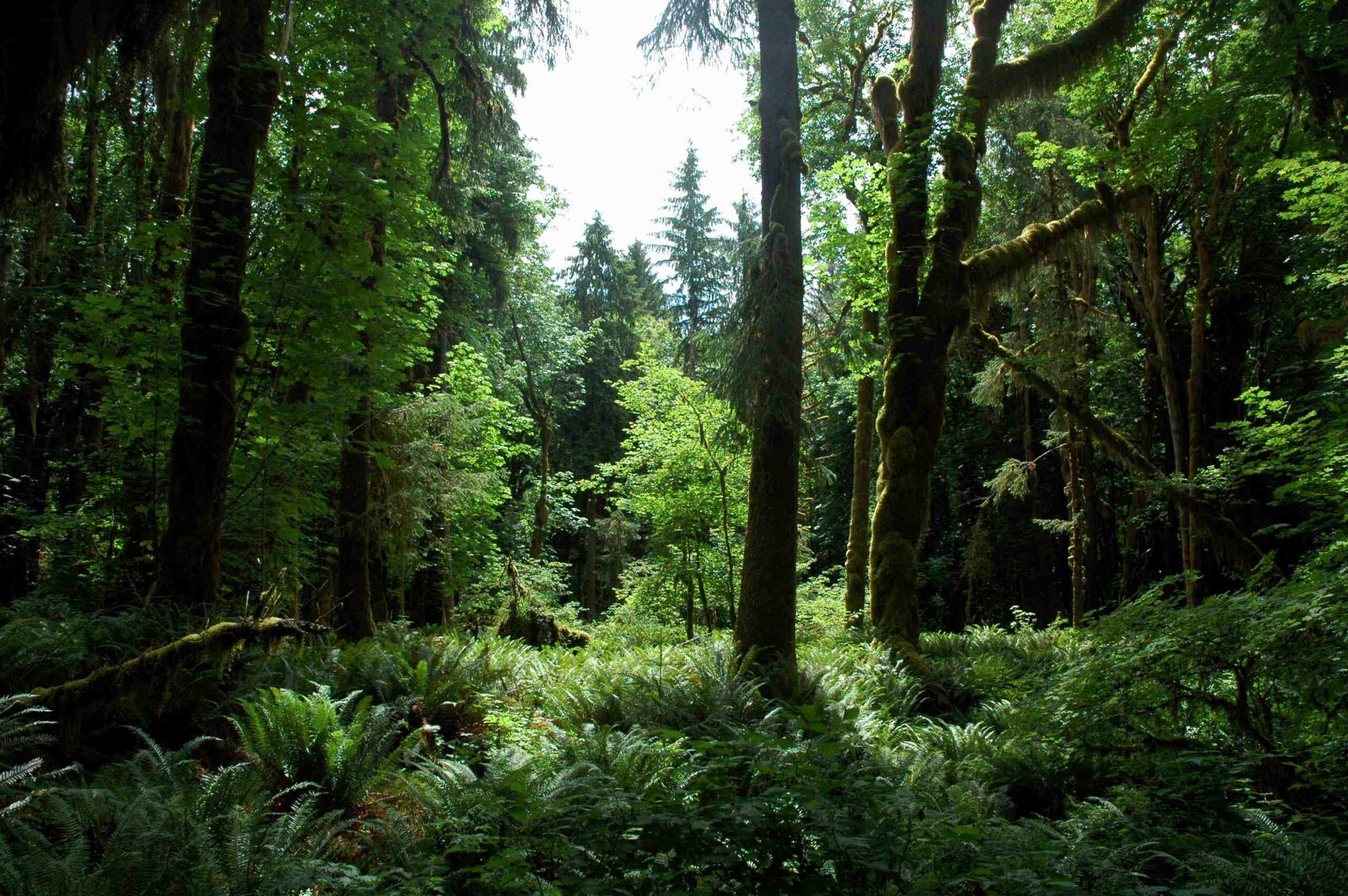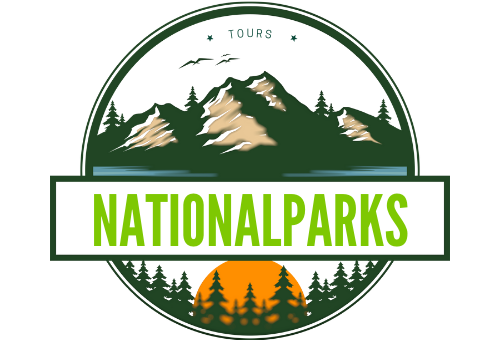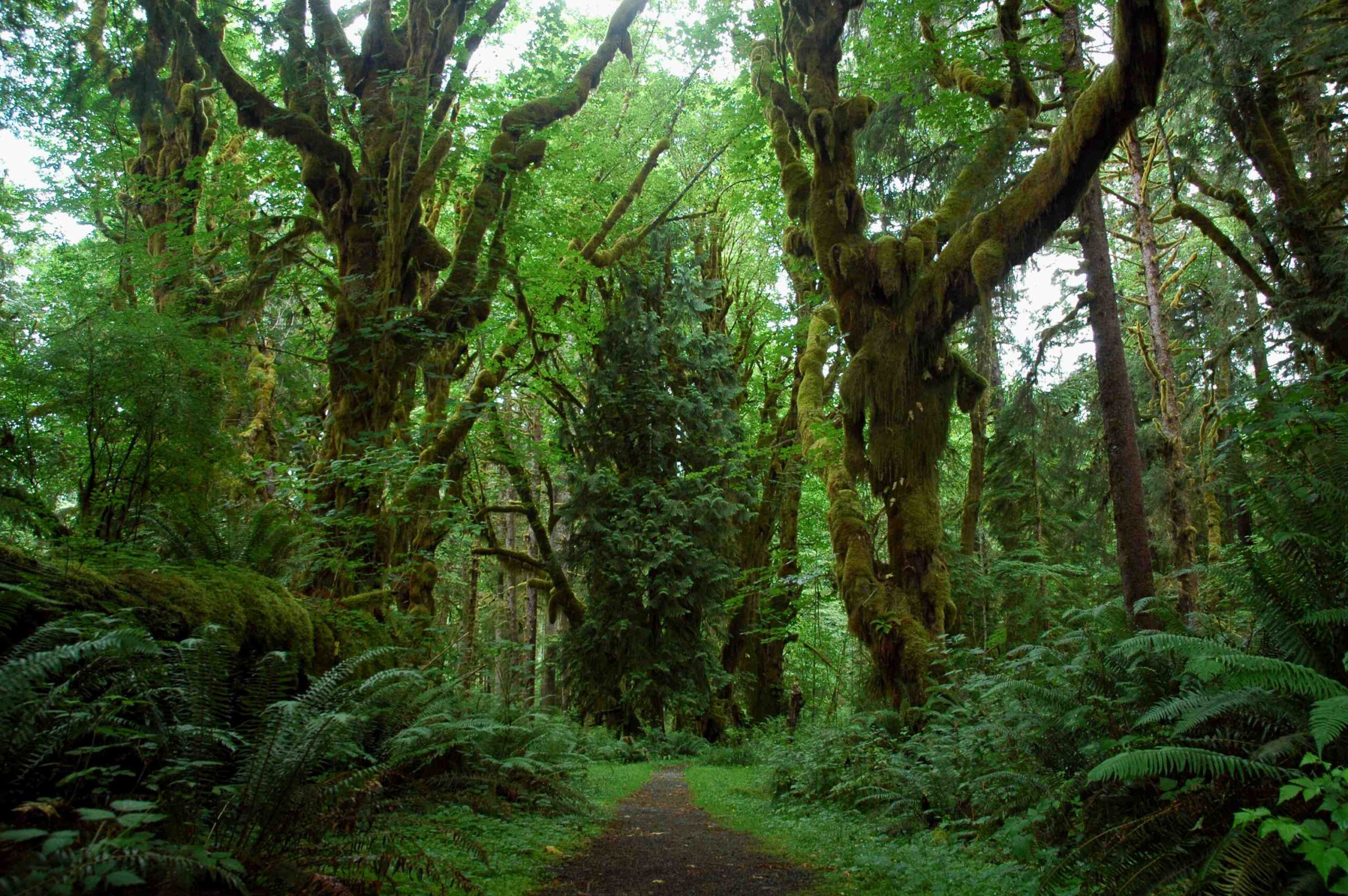The food web of Olympic National Park is a intricate network of interconnected species, spanning from microscopic organisms to apex predators. This diverse ecosystem encompasses various habitats, including coastal forests, temperate rainforests, and alpine regions. The park’s unique geography and climate contribute to a rich biodiversity, supporting a wide range of plant and animal species. Understanding this complex food web is crucial for conservation efforts and maintaining the ecological balance within the park.
What Are the Key Components of the Olympic National Park Food Web?

The Olympic National Park food web consists of several trophic levels:
- Producers
- Primary Consumers (Herbivores)
- Secondary Consumers (Omnivores/Carnivores)
- Tertiary Consumers (Apex Predators)
- Decomposers
Producers
Producers form the foundation of the food web in Olympic National Park. These include:
- Conifers (e.g., spruce, fir)
- Deciduous trees
- Understory plants (ferns, shrubs)
- Algae in aquatic ecosystems
Primary Consumers
Herbivores that feed on the producers include:
- Elk
- Deer
- Marmots
- Rodents
- Various insects
Secondary Consumers
These omnivores and carnivores prey on primary consumers:
- Bobcats
- Red foxes
- Coyotes
- Birds of prey (e.g., owls, hawks)
Tertiary Consumers
Apex predators at the top of the food chain include:
- Wolves (historically present, now extirpated)
- Mountain lions
- Bears (black bears and grizzly bears)
Decomposers
Organisms that break down dead organic matter:
- Fungi
- Bacteria
- Invertebrates (e.g., earthworms, beetles)
How Do Keystone Species Impact the Olympic National Park Ecosystem?

Keystone species play a crucial role in shaping the ecosystem of Olympic National Park. One of the most significant keystone species in this ecosystem was the wolf, which was extirpated from the area in the early 1900s.
Impact of Wolves on the Ecosystem
- Population Control: Wolves regulated prey populations, particularly elk.
- Vegetation Management: Wolf presence indirectly affected plant communities by controlling herbivore populations.
- Trophic Cascade: The absence of wolves led to changes in multiple trophic levels.
| Aspect | With Wolves | Without Wolves |
|---|---|---|
| Elk Population | Controlled | Overabundant |
| Vegetation | Diverse, healthy | Overgrazed |
| Stream Health | Stable banks, clear water | Eroded banks, sedimentation |
| Biodiversity | Higher | Lower |
What Are the Key Predator-Prey Relationships in Olympic National Park?
Several important predator-prey relationships exist within the Olympic National Park food web:
- Wolves and Elk (historical)
- Mountain Lions and Deer
- Bears and Salmon
- Owls and Small Mammals
These relationships help maintain balance within the ecosystem by regulating population sizes and influencing animal behavior.
How Does Energy Flow Through the Olympic National Park Food Web?
Energy flow in the Olympic National Park food web follows a typical pattern:
- Producers capture solar energy through photosynthesis.
- Herbivores consume plants, obtaining energy.
- Carnivores prey on herbivores, transferring energy up the food chain.
- Decomposers break down dead organisms, recycling nutrients.
An interesting example of energy flow in this ecosystem is the salmon-forest connection:
- Salmon bring marine nutrients into the forest ecosystem.
- Up to 80% of the yearly nitrogen budget for some trees is derived from salmon nutrients.
- This nutrient transfer supports the growth of trees and other vegetation.
What Challenges Face the Food Web of Olympic National Park?
The food web of Olympic National Park faces several challenges:
- Climate Change
- Melting ice leading to colder, fuller rivers
- Shifts in plant and animal distributions
-
Changes in phenology (timing of life cycle events)
-
Human Activities
- Habitat fragmentation
- Introduction of invasive species
-
Pollution
-
Loss of Keystone Species
- Absence of wolves leading to trophic cascades
-
Potential impacts on other apex predators
-
Overabundance of Certain Species
- Elk overgrazing due to lack of natural predators
- Impacts on vegetation and stream health
How Can We Preserve the Food Web of Olympic National Park?
To preserve the complex food web of Olympic National Park, several strategies can be employed:
- Habitat Conservation
- Protect and restore critical habitats
-
Maintain connectivity between different ecosystems
-
Species Management
- Consider reintroduction of extirpated species (e.g., wolves)
-
Control invasive species
-
Climate Change Mitigation
- Implement strategies to reduce carbon emissions
-
Develop adaptation plans for vulnerable species and habitats
-
Public Education
- Raise awareness about the importance of the park’s ecosystem
-
Promote responsible tourism and recreation
-
Scientific Research
- Continue studying the food web dynamics
- Monitor changes in species populations and distributions
By implementing these strategies, we can work towards maintaining the delicate balance of the food web in Olympic National Park, ensuring its resilience for future generations.
References:
1. https://olympicnationalparkconservation.weebly.com/food-web.html
2. https://pacificwild.org/wolves-and-the-food-web/
3. https://www.usgs.gov/geology-and-ecology-of-national-parks/ecology-olympic-national-park

